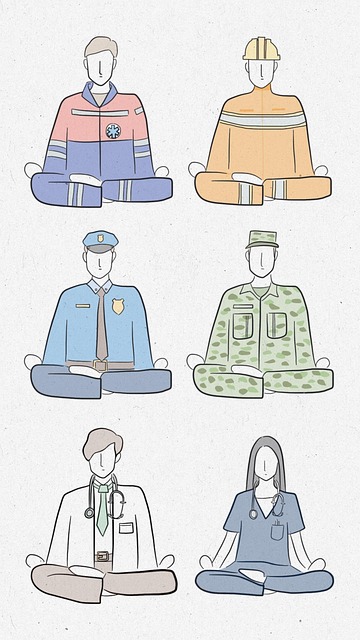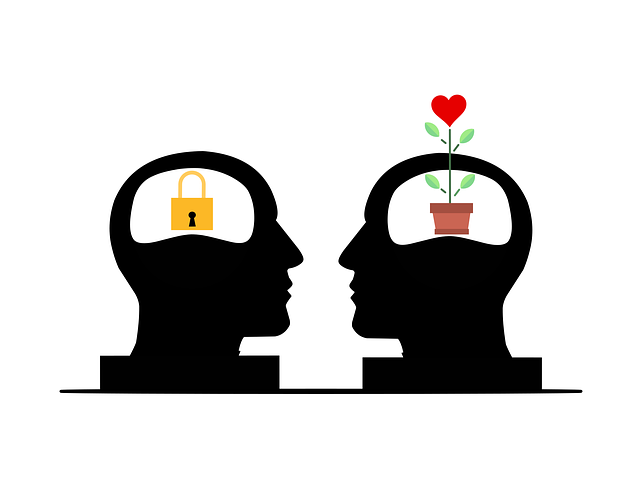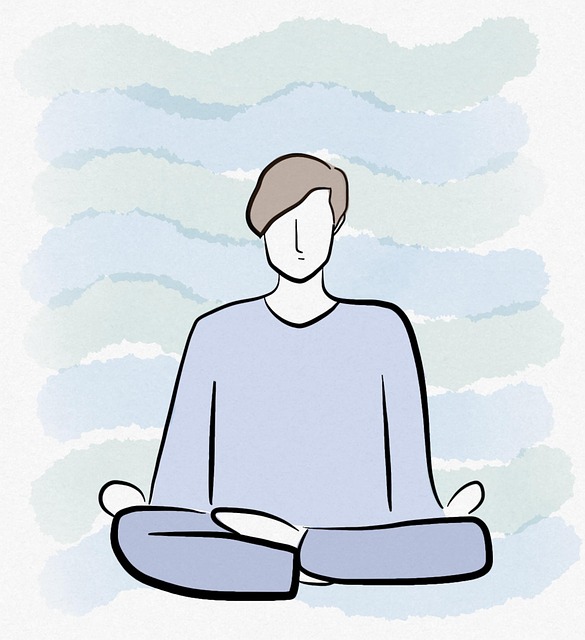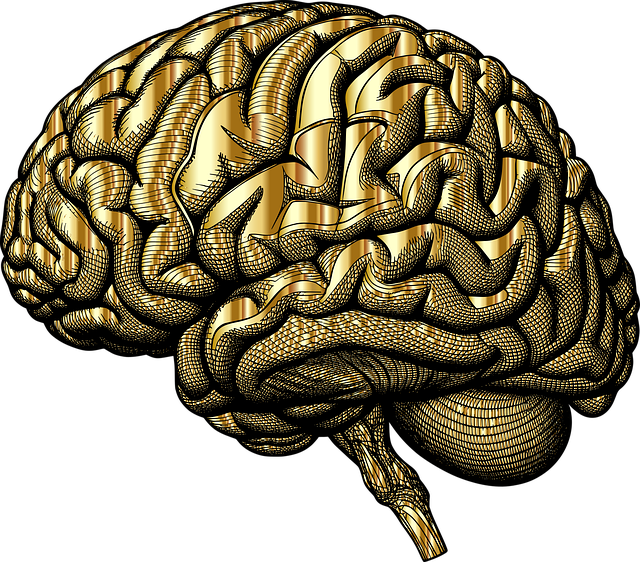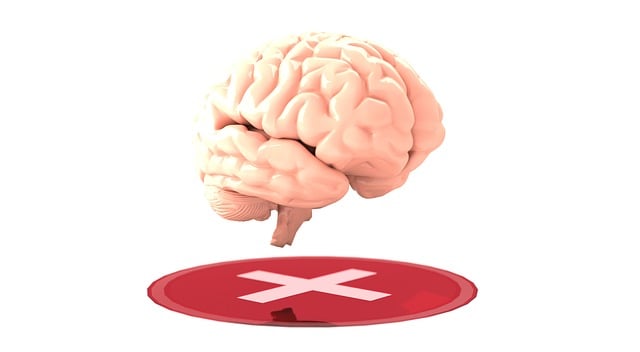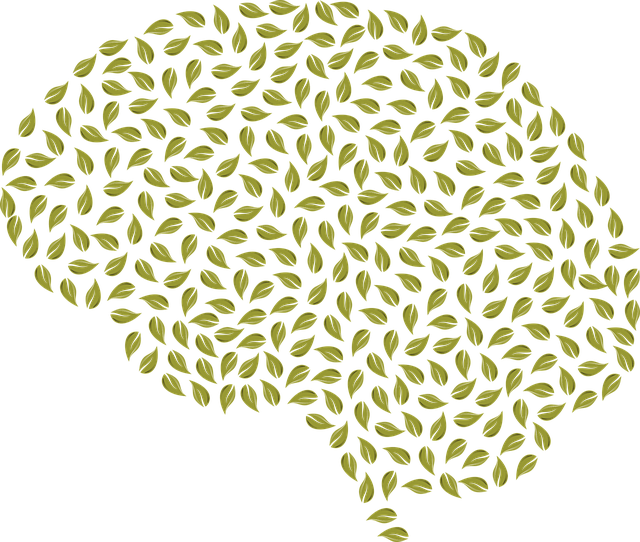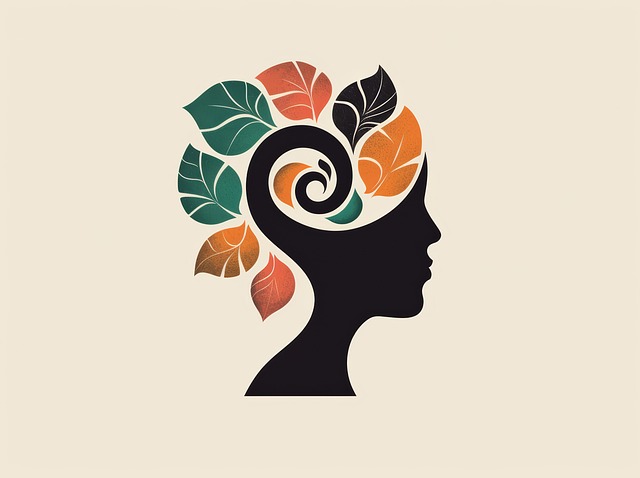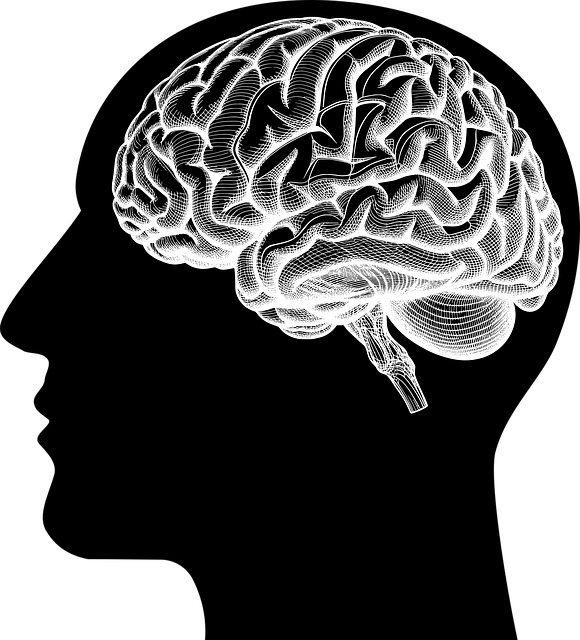Resilience, built through the RFM model (Resources, Factors, Mindset), is crucial for life's challenges. Superior Somatic Experiencing Therapy (SET) combines mind-body connection exercises with sensory integration to process trauma and enhance emotional well-being. This therapy aids in stress reduction, anxiety alleviation, depression prevention, and coping mechanism development, ultimately boosting mental wellness and resilience. SET's practical exercises empower individuals to regulate emotions, understand trauma, and develop tailored coping strategies for improved overall life satisfaction.
“Unleash your inner resilience with a powerful combination of RFM (Resilience, Flexibility, and Mobility) exercises. This comprehensive guide explores how integrating RFM into your routine enhances overall well-being. We delve into the foundational concepts, such as Understanding RFM and its role in building adaptability.
Highlighting Superior Somatic Experiencing Therapy, we uncover techniques to unlock the body’s inherent intelligence, fostering a profound connection between mind and body. Discover sensory integration methods that strengthen resilience, offering practical exercises for everyday life.”
- Understanding RFM: A Framework for Resilience
- Somatic Experiencing Therapy: Unlocking the Body's Intelligence
- The Role of Sensory Integration in Building Resilience
- Practical Exercises: Engaging the Body, Mind, and Emotion
- Benefits and Applications: Enhancing Everyday Life
Understanding RFM: A Framework for Resilience

Resilience is the ability to adapt and bounce back from adversity, stress, or trauma. It’s a crucial skill in navigating life’s challenges, enabling individuals to maintain emotional balance and continue functioning effectively. The RFM model, which includes Resources, Factors, and Mindset, provides a comprehensive framework for building resilience. This approach considers both internal (mindset, self-awareness exercises) and external factors (support networks, environmental conditions) that contribute to an individual’s ability to cope with stress.
One effective method for cultivating resilience is through Superior Somatic Experiencing Therapy, which focuses on the mind-body connection. By incorporating Self-Awareness Exercises and promoting Mind Over Matter Principles, this therapy helps individuals process traumatic experiences, regulate emotions, and develop a more positive self-esteem. These practices foster a deeper understanding of one’s emotional responses, allowing for better management of stress and trauma in the future.
Somatic Experiencing Therapy: Unlocking the Body's Intelligence

Somatic Experiencing Therapy (SET) is a powerful approach that recognizes the deep connection between our bodies and minds. This superior somatic experiencing therapy aims to unlock the body’s innate intelligence, allowing individuals to process and release traumatic or stressful memories. By focusing on physical sensations and responses, SET provides an effective means of achieving profound emotional healing.
Through specific exercises and techniques, this therapy helps individuals re-establish a sense of safety and balance in their bodies. This, in turn, facilitates the resolution of psychological issues such as anxiety relief and depression prevention. By engaging with the body’s natural responses, SET offers a unique and holistic method for stress reduction methods, enabling clients to reclaim their physical and emotional well-being.
The Role of Sensory Integration in Building Resilience

The role of sensory integration in resilience building is often overlooked but significantly impactful. Our senses play a crucial role in our emotional and mental wellness, with each sensory experience acting as a thread woven into the tapestry of our overall well-being. Superior Somatic Experiencing Therapy (SSET) is a powerful tool that leverages this connection, using mindful sensory integration to help individuals process and release traumatic memories or intense emotions. By engaging in activities that stimulate and organize the senses, such as guided imagery exercises or tactile experiences, individuals can enhance their emotional regulation skills and build mental fortitude.
Resilience building often involves intricate processes aimed at promoting emotional well-being. Mental Wellness Journaling Exercise Guidance, for instance, encourages individuals to reflect on their sensory experiences daily, noting down patterns and triggers that impact their mood. This practice not only fosters self-awareness but also provides a platform to develop coping strategies tailored to individual sensory preferences. Resilience isn’t just about overcoming challenges; it’s about cultivating a deep understanding of one’s senses and using them as tools for emotional resilience and overall life enhancement.
Practical Exercises: Engaging the Body, Mind, and Emotion

Practical exercises are a vital component of resilience-building programs, offering individuals a chance to actively engage their body, mind, and emotions. These exercises don’t just focus on mental preparation; they encourage participants to experience and process traumatic memories in safe, controlled environments. Techniques such as mindfulness meditation can help individuals become more aware of their physical sensations and emotional responses, fostering a deeper understanding of their trauma.
Somatic Experiencing Therapy (SET), a superior approach within the field, leverages these experiences by guiding clients through exercises that facilitate the release of traumatic stress. By engaging both mind and body, SET helps individuals integrate disturbing memories and emotions into their overall sense of self, thereby enhancing mental wellness and resilience. This holistic approach ensures that not only are symptoms alleviated, but individuals also develop effective coping mechanisms for future challenges.
Benefits and Applications: Enhancing Everyday Life

Resilience-focused practices, such as those derived from Superior Somatic Experiencing Therapy (SSET), offer profound benefits for enhancing everyday life. By training individuals to navigate and release traumatic memories and intense emotions, SSET equips them with superior coping mechanisms. This, in turn, leads to better stress management, improved mood regulation, and enhanced overall well-being.
Beyond burnout prevention, these exercises cultivate compassion towards oneself and others, fostering a sense of interconnectedness. The practical applications are far-reaching, from navigating personal challenges to improving professional performance. By integrating SSET’s resilience-building techniques into daily routines, individuals can develop a more adaptive mindset, enabling them to face life’s curveballs with greater equanimity and emotional agility.
Resilience is a multifaceted skill that can be cultivated through various practices, including RFM (Resilience, Flexibility, and Mastery) exercises. By combining somatic experiencing therapy, sensory integration techniques, and practical mindfulness activities, individuals can unlock their body’s inherent intelligence and build a stronger foundation for navigating life’s challenges. The benefits of these methods extend far beyond therapy sessions, enabling folks to enhance their everyday well-being and foster a more robust, adaptable mindset. Incorporating RFM into personal growth routines proves to be a game-changer, offering a path towards greater emotional balance and overall life satisfaction. In today’s fast-paced world, these strategies can help individuals thrive despite the hustle and bustle of daily life.
